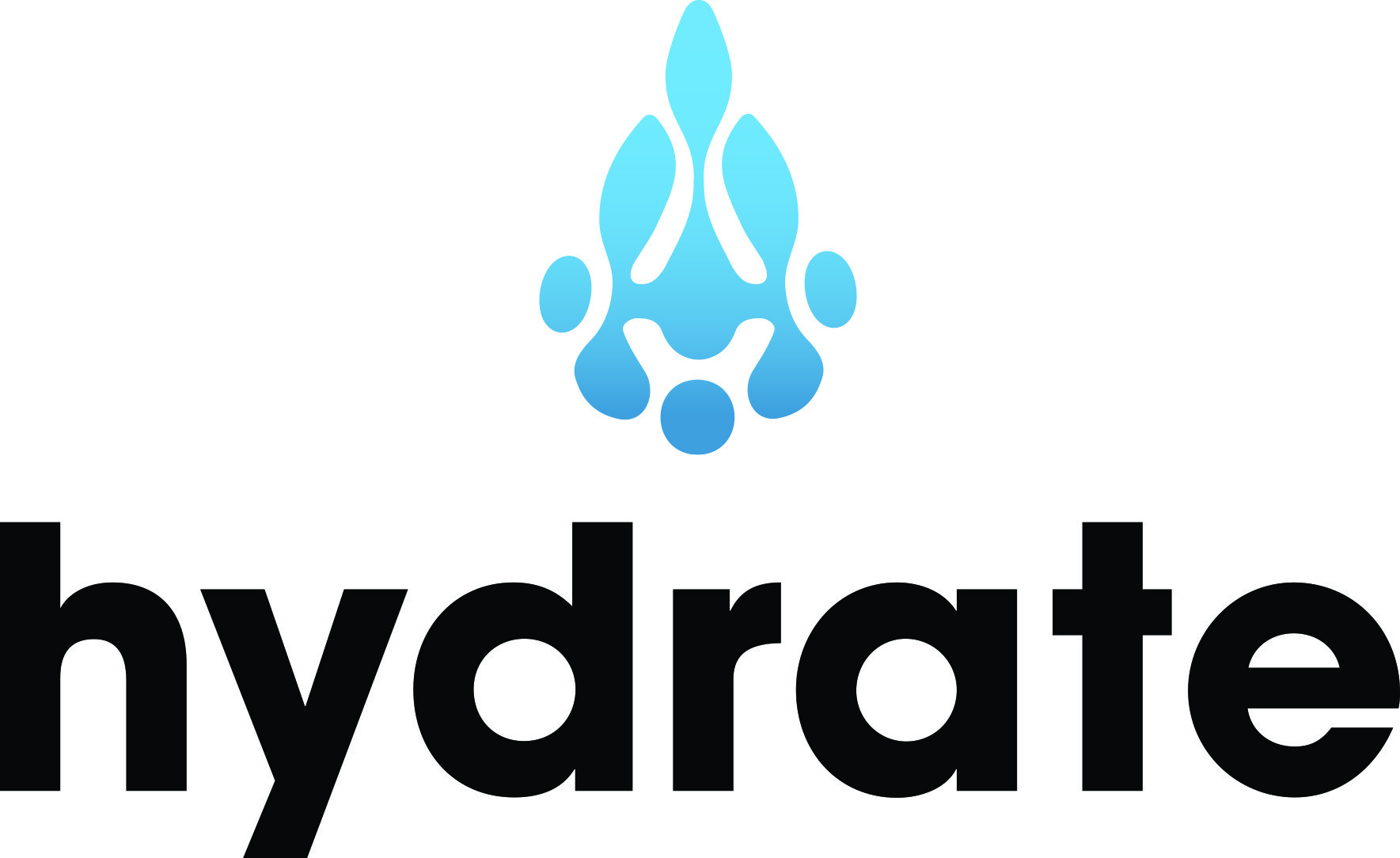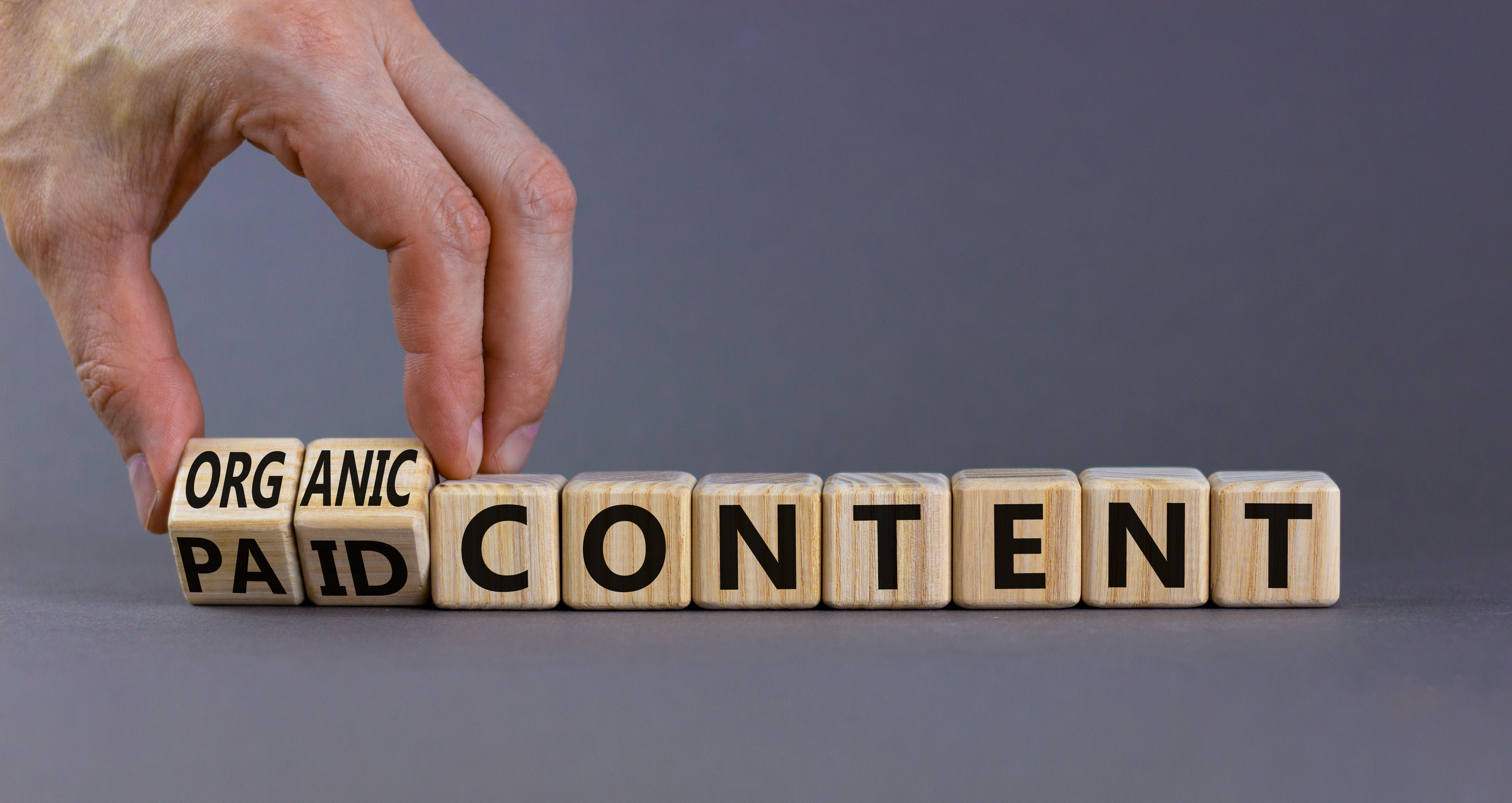You may have heard some marketers say that organic social media is dead. As is often the case, the truth is a lot more nuanced and complex than a simple statement like that. This is good news for those of us who have spent years pouring time and creative energy into social media accounts for our companies. Spoiler alert: it was not a waste! But first, let’s backtrack with some simple definitions of both organic social media and – what we all came here to talk about – paid social media.
Organic social media refers to all the free content you put up across platforms, be that feed posts, short-form videos, or Stories. Paid social media is essentially another word for advertising. It is now common practice for brands to pay platforms such as Facebook, Instagram, X (Twitter), and LinkedIn to distribute their content to new target audiences.
The Impact of Algorithm Changes
Why are so many companies willing to allocate parts of their budgets to social media when it used to be such a great way to get free exposure? It’s almost a requirement at this point, and a lot of that is thanks to changes that have been made to various platform algorithms in recent years. Simply put, every social media platform has algorithms that use ranking signals to decide how organic content is distributed to users. Most of these algorithms sort posts on the feed by assessing relevance, timeliness, and how a user has engaged with other posts from the same account in the past. Current algorithms tend to favor posts that are likely to get a lot of engagement in general. Gone are the days of scrolling through your timeline and seeing posts in chronological order.
Forbes reports that the introduction of Facebook’s EdgeRank Algorithm was responsible for the first big decline in organic social media performance on the platform. Reach for brands hit an all-time low of approximately 2% in 2015. In more recent years, the average reach of an organic Facebook post hovers slightly above 5%, according to Hootsuite. To put this into perspective, out of your followers, only about one in every 20 of them will see your organic content.
It’s also worth noting that we’re just talking about your existing followers. Reaching new people with organic social media these days is extremely difficult. Your best chance is to create content that is engaging enough to prompt your followers to share it, and to incorporate hashtags and location tags that users who don’t follow you yet may be paying attention to for different reasons.
Updates such as this, and other factors, have made the organic social media space very competitive. Now, algorithms aren’t evil. They’re meant to make platforms better for the user by showing people the content they’re most likely to be interested in first. But they do present a challenge for business accounts.
The Argument for Incorporating Paid Social Media into Your Strategy
Don’t be fooled – organic social media is still a valuable marketing tool. It creates a strong foundation that allows your paid social media to effectively grow your overall reach. However, although it’s great for building the relationships you have with your existing followers, it’s not necessarily going to help you attract new customers, and therefore, increase sales. That’s where paid social media comes in handy.
Social media platforms are oversaturated with content, and truthfully, users have shorter attention spans than ever. If you want your messages to be heard in the loud room of distracted people that is modern social media, you must pay to play. Unlike organic posts, advertisements are great at raising brand awareness, reaching new audiences, growing follower counts, promoting new offerings on a large scale, generating leads, and turning users into customers.
For all these reasons and more, paid social media is an excellent tool to help you on your path toward reaching your business goals. Over a billion people see at least one ad on Facebook alone every month, according to their internal data. Of course, this isn’t magic. Effectively running paid social campaigns requires expertise and experience.
It’s also understandable for you to be hesitant about putting yet another charge on the company card. But just because organic social media is technically free, doesn’t mean it isn’t costing your company anything. A lot of time must be dedicated to this effort to execute it well. Don’t spend countless hours on a campaign that won’t provide you with speedy and meaningful results. Instead, take full advantage of social media by using both organic and paid content in harmonious unison.
The Power of Advanced Targeting
In case you still need one more selling point to convince you to dip your toes into the paid social media world, there’s another very cool aspect of advertising on these platforms that you should know about. Most of them have advanced targeting tools that you can use while building your ads. These give you a way better chance at reaching the exact right audience made up of potential customers.
One such tool is the ability to create a lookalike audience based on the demographics and psychographics of lists you already have, such as your existing followers, current customers, or email subscribers. You know these kinds of people like what you do, so you can be confident that your ad will be successful amongst that crowd. Putting some dollars towards this allows you to reach members of said interested audience who don’t even know you exist yet!
To sum all of this up, paid social media is now an essential part of a successful marketing strategy. Today’s ranking algorithms make advertising necessary for businesses that are trying to get their message in front of users other than their followers. Truthfully, it’s not easy to maintain a vibrant organic presence – which is still an important way to delight your existing customers – while putting even more time, brainpower, and money into running ads. The subject of social media in general is ever-evolving, so it would make sense if you’re left with more questions after reading this. Start by exploring some of the other blogs we’ve written, and feel free to reach out to us directly at any time.

Written by
Clara Moses
Why You Need to Incorporate Paid Social Media into Your Marketing Strategy
Topics: social media, digital advertising






